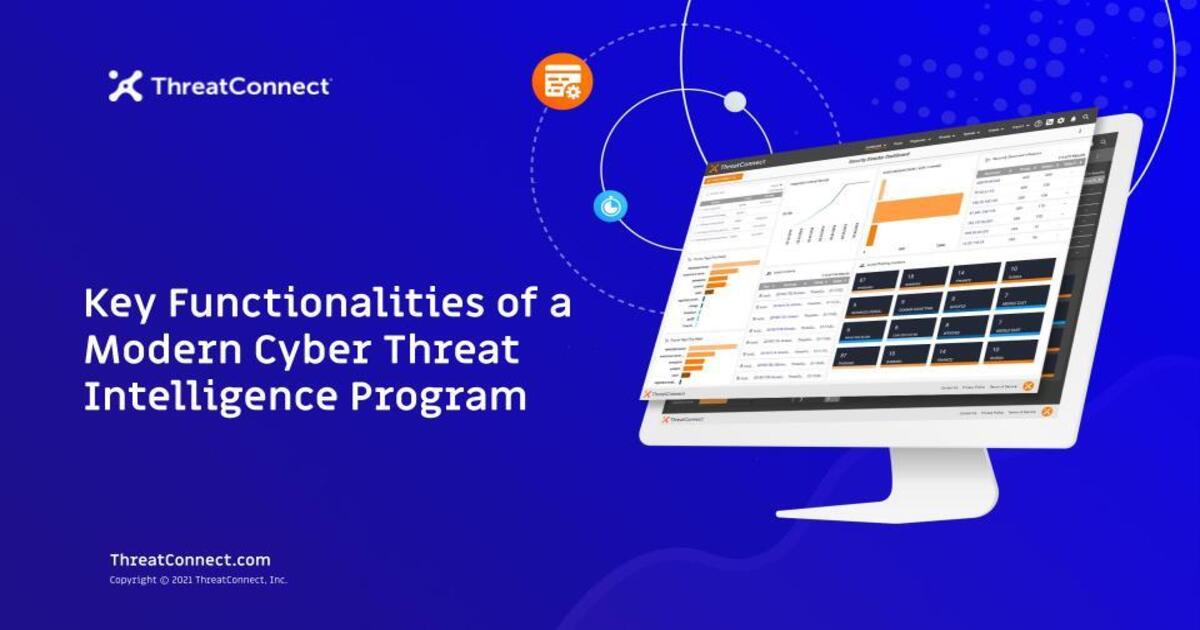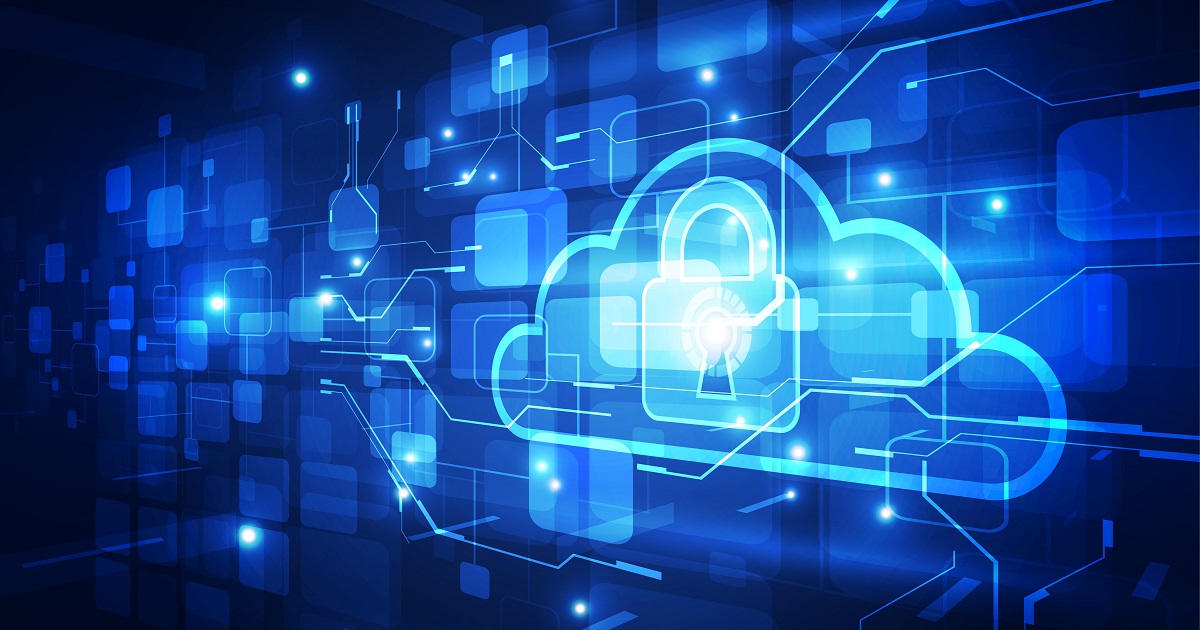
Data points to the fact that companies have difficulty managing third-party open source within their software code bases, leading to compliance, IP, and security risk. These risks are often amplified in legal transactions and can impact “go”/”no go” decisions if not addressed throughout the legal process. Join Leon Schwartz, Ass
Watch Now

WorkCast
It’s no surprise that phishing and business email compromises, commonly called CEO Fraud, continue to flourish. Why? Because it is fast, easy, and despite security training, users still click on attacks. This 20/20 webcast looks beyond user training at how technology can address the challenges of modern phishing without reducing productivity or presenting users with potentially problematic emails.It’s no surprise that phishing and business email compromises, commonly called CEO Fraud, continue to flourish. Why? Because it is fast, easy, and despite security training, users still click on attacks.
Watch Now

Everyone knows security is overloaded work wise – not everyone understands what that means. Cyber Threat Intelligence (CTI) is typically very technical so how can you convince the teams setting business objectives and allocating resources (for budget) of what the cybersecurity priorities should be?
A modern CTI program needs to show value to the business because it will help solve some of the major problems we’re seeing in TI programs today (such as lack of resources or lack of data). Part of this includes bridging the gap between threat and risk to ensure your operational strategy aligns with the overall business objectives.
Watch Now

More and more enterprises have moved their infrastructure and operations to the cloud than ever before. Along with these changes, we have also seen a significant change in enterprise security posture and use of technology. However, what does that change look like? How have security teams kept up with the change? Just what is the state of cloud security in the enterprise?
Watch Now